Are you interested in learning the fundamentals of perspective drawing? Do you want to learn the different types and how they can be used to create dynamic artwork? In this blog post, we explore the various types of perspective drawing techniques and discuss how each one can be used. With an understanding of these principles, artists of any skill level will gain insight into creating amazing works of art that have a realistic look and feel. Read on to unlock your creative potential!
What are Elements of Art?
Before we delve into the world of perspective drawing, it’s important to understand the concept of elements of art. These are the basic building blocks that make up any piece of artwork. They include line, shape, form, color, value, texture, and space. [1]
Line
Line is the most basic element of art. It refers to a continuous mark made on a surface with a pencil or brush. Lines can be straight or curved, thick or thin, long or short. They can also be used to create shapes and forms.
Shape
Shape refers to a two-dimensional area that is defined by an outline or boundary. It can be geometric, such as a square or circle, or organic, like the shape of a leaf. Shapes are important in creating balance and composition in a work of art.
Form
Form is the three-dimensional equivalent of shape. It refers to the overall structure and volume of an object. Forms can be geometric, such as a cube or sphere, or organic, like the human body. In art, forms are often created by combining various shapes. [2]
Color
Color is one of the most prominent elements of art. It refers to the visible spectrum of light that is reflected off of objects. Colors can be warm or cool, bright or muted, and they have the power to evoke emotions and set the mood in a work of art.
Value
Value refers to the lightness or darkness of a color. It is used to create contrast and depth in an artwork. Artists use different values to create highlights, shadows, and midtones. Value is also essential in creating the illusion of form and space.
Texture
Texture refers to the surface quality of an object. It can be smooth, rough, bumpy, or even implied through techniques such as shading. Textures add visual interest and tactile appeal to a work of art.
Space
Space refers to the area around, between, or within objects in a work of art. It can be used to create depth and perspective, as well as to establish the relationship between objects in a composition. Artists use techniques such as overlapping, size variation, and atmospheric perspective to create the illusion of space. [3]
What is Drawing and What are its Benefits?
Drawing is the act of creating an image on a surface using different tools such as pencils, pens, charcoal, or digital software. It is a fundamental skill for any artist and is used in various forms of art, from traditional paintings to digital illustrations. [4]
There are numerous benefits to learning how to draw. They include:
- Improved hand-eye coordination: Drawing involves using your hands to create precise strokes and movements, which can improve your hand-eye coordination.
- Enhanced observation skills: When drawing, you need to pay close attention to details such as shapes, proportions, and textures. This helps in developing observational skills that are useful not only in art but also in everyday life.
- Increased creativity: Drawing allows you to express your imagination and ideas on paper, which can boost creativity and inspire new artistic ideas.
- Stress relief: Drawing has been proven to be a relaxing activity that can help reduce stress levels and improve overall mental well-being.
- Improved communication skills: Through drawing, you can convey complex ideas and emotions without using words, making it an effective means of communication.
- Self-expression: Drawing allows you to express yourself in a unique and personal way, making it a powerful tool for self-discovery and self-expression.
- A form of meditation: Many artists find drawing to be a meditative activity that helps them relax, focus, and be fully present in the moment. [5]
What is Perspective in Drawing and Why is It Important?
Perspective is an essential concept in drawing that creates the illusion of depth and dimension on a two-dimensional surface. It allows artists to accurately depict objects as they appear to the human eye, giving their drawings a sense of realism and depth. [6]
The term “perspective” comes from the Latin word “perspicere,” which means “to see through.” This refers to the technique of representing three-dimensional space on a flat surface as if seen through a window or frame.
In drawing, perspective is achieved by using principles such as vanishing points, horizon lines, and converging lines. These techniques help create the illusion of depth and distance in a drawing.
Moreover, perspective is not limited to just traditional drawing techniques, but it also applies to other forms of art such as photography, film, and digital media. It is a universal concept that is essential in creating visually engaging works.
Here are some of the benefits of learning perspective drawing:
- Creates a sense of realism: Perspective drawing helps to accurately represent how objects appear in real life, giving your drawings a more realistic look.
- Adds depth and dimension: By using perspective techniques, you can create the illusion of depth and make your drawings appear three-dimensional.
- Enhances compositions: Perspective drawing allows you to accurately represent space and scale in your artwork, making for a well-balanced composition.
- Allows for creative freedom: Once you understand the fundamentals of perspective drawing, you can use it to create dynamic and unique compositions that capture the viewer’s attention. [7]
The Basic Terms of Perspective Drawing
Perspective drawing is a technique used in art and design to create the illusion of depth and three-dimensional space on a two-dimensional surface. It is an essential skill for artists, architects, and designers as it allows them to accurately represent objects as they appear in real life. [8]
There are several important terms that you need to understand when learning perspective drawing. These terms describe the different elements that are involved in creating a realistic sense of depth and distance in a drawing. They include:
Horizon line
The horizon line is an imaginary horizontal line that represents the viewer’s eye level. It is usually located at the artist’s eye level or slightly above it, depending on the perspective being used.
Vanishing point
The vanishing point is a point on the horizon line where parallel lines appear to converge and disappear into the distance. It is the key element in creating the illusion of depth and distance in perspective drawings.
Eye level
Eye level refers to the viewer’s eye position within a drawing. In most cases, it will be aligned with the horizon line, but it can also change depending on the viewpoint of the artist.
Orthogonal lines
Orthogonal lines are imaginary lines that extend from the edges of objects to the vanishing point. These lines help create the illusion of depth and distance by showing how objects recede into space.
Foreshortening
Foreshortening is a technique used in perspective drawing to depict an object as shorter than it actually is by distorting its appearance. This effect is created when an object is viewed from a specific angle, and its length appears to be shortened. [9]
Types Of Perspective Drawing
There are several types of perspective drawing that can be used to create convincing and realistic representations of objects and scenes. These include one-point, two-point, and three-point perspectives. Each type has its own unique characteristics and uses.
One-Point Perspective
One-point perspective is the most basic type of perspective drawing, also known as “parallel projection”. It relies on a single vanishing point, usually placed on the horizon line. This type is commonly used when drawing square or rectangular objects that are facing directly towards the viewer, such as a cube or a building seen from the front.
One-point perspective creates an illusion of depth by making all lines appear to converge at a single point on the horizon line. This gives the drawing a sense of distance and creates the illusion of a three-dimensional space.
Two-Point Perspective
In a two-point perspective, two vanishing points are used instead of one. This type is commonly used when drawing objects that are positioned at an angle or appear to be in motion. For example, a car driving down a street or a person walking down a hallway.
Unlike one-point perspective, two-point perspective creates the illusion of depth and space by making lines converge towards two separate points on the horizon line. This allows for more complex drawings and a wider range of angles to be depicted.
Three-Point Perspective
As the name suggests, three-point perspective uses three vanishing points instead of one or two. It is often referred to as “bird’s eye view” because it creates the illusion of looking down at an object or scene from a high vantage point.
This type of perspective is commonly used in architectural and landscape drawings, as well as in video games and animation. Three-point perspective allows for a more dramatic and dynamic representation of objects and scenes by incorporating a third vanishing point above or below the horizon line. This creates a sense of height and adds to the overall realism of the drawing.
Four-Point Perspective
Four-point perspective, also known as “worm’s eye view” or “fish-eye perspective”, is a more advanced type of perspective drawing that incorporates four vanishing points. This technique is often used in science fiction and fantasy art to create surreal and distorted images.
In this type of perspective, lines appear to converge towards four different points on the horizon line, creating a fish-eye effect. It can be used to draw objects from extremely low or high viewpoints, giving the drawing a sense of depth and dimension.
Five-Point Perspective
Five-point perspective, also known as “anamorphic perspective”, is an even more complex type of perspective drawing that uses five vanishing points. It is commonly used in street art and optical illusions to create distorted and mind-bending images.
In this technique, lines appear to converge towards five different points on the horizon line, creating a warped and surreal effect. It requires advanced knowledge and skill to execute effectively, but can produce stunning and eye-catching results. [10]
How to Practice Perspective Drawing?
There are several key ways to improve your perspective drawing skills. Let’s take a look at some of the most effective methods.
1. Start with the Basics
Before diving into complex and dynamic perspectives, it’s important to have a solid grasp on the fundamentals of perspective drawing. This includes understanding concepts such as horizon lines, vanishing points, and foreshortening. Practice drawing simple shapes and objects from different angles to get a feel for how perspective works.
2. Study Perspective Techniques
There are various techniques that artists use to create the illusion of depth in their drawings. These include one-point, two-point, and three-point perspectives, as well as atmospheric perspective. Take the time to study and practice each technique to develop a well-rounded understanding of perspective drawing.
3. Use Reference Materials
One of the best ways to improve your perspective drawing skills is by studying and referencing from real life or photographic references. This will help you understand how objects appear in different perspectives and angles, and allow you to incorporate those observations into your own drawings.
4. Experiment with Different Tools and Techniques
Different artists have their own unique methods and tools for creating perspective in their drawings. Some may prefer using rulers and grids, while others rely on freehand sketching. Experiment with different techniques to see what works best for you.
5. Practice Consistently
As with any skill, consistent practice is key to improvement. Set aside time each day or week to work on your perspective drawing skills. This will help you build muscle memory and improve your understanding of perspective over time.
6. Seek Feedback and Critique
It can be helpful to get feedback and critique from other artists or instructors on your perspective drawings. They may be able to offer valuable insights and tips for improvement that you may not have noticed on your own.
7. Study from Other Artists
Take the time to study and analyze perspective drawings from other artists that you admire. Pay attention to their techniques and how they use perspective to create depth and realism in their work. This can serve as a source of inspiration and help you develop your own unique style. [11]
When To Use Perspective Drawing?
Perspective drawing is an essential skill for artists, designers and architects. It allows them to create realistic and proportional representations of three-dimensional objects on a two-dimensional surface. But when should one use perspective drawing? Here are some situations where perspective drawing can be particularly useful:
Architecture and Interior Design
One of the most common applications of perspective drawing is in architecture and interior design. Architects use it to create accurate plans, elevations and perspectives of buildings and structures. Interior designers use it to visualize how different elements such as furniture, lighting and decor will look in a given space.
Product Design
Perspective drawing is also widely used in product design. Designers rely on it to generate accurate representations of their products before they are produced. This helps them evaluate the form, function and aesthetics of their designs.
Artistic Expression
Perspective drawing has been used by artists for centuries to create lifelike paintings, drawings and illustrations. It allows them to give depth and dimension to their artworks, making them more realistic and visually appealing.
Storytelling
Perspective drawing can also be used as a storytelling tool. In comics and graphic novels, it is used to convey a sense of movement and depth, making the story more engaging. Similarly, in film and animation, perspective drawing helps create a sense of realism and immerse the audience in the story.
Landscaping
Perspective drawing is not limited to man-made objects; it can also be used for landscape design. Artists use it to create realistic and accurate depictions of gardens, parks, and other outdoor spaces. This allows clients to visualize the final result before any construction or planting takes place.
Historical Reconstruction
Perspective drawing is also helpful in reconstructing historical sites and buildings. By studying architectural plans and using perspective drawing techniques, historians and archaeologists can recreate structures from the past with a high level of accuracy.
As you can see, perspective drawing has a wide range of applications. Whether you are an artist, designer or architect, mastering this skill will greatly enhance your work and allow you to bring your ideas to life in a realistic and visually appealing way. So don’t hesitate to practice and improve your perspective drawing abilities – it’s a valuable tool that can take your work to the next level. [12]
How to Improve Drawing Skills?
As with any skill, improving your drawing abilities requires practice, patience, and persistence. You may have a natural talent for art, but that doesn’t mean you can’t continue to improve and refine your skills. In fact, even the most skilled artists continuously work on developing their craft.
So how can you improve your drawing skills? Here are some tips:
1. Draw Every Day
The most important thing you can do to improve your drawing skills is to draw regularly. Make it a daily habit, even if it’s just for a few minutes. The more you practice, the more comfortable and confident you will become with your tools and techniques.
2. Start with Basic Shapes
Before diving into complex drawings, start by practicing basic shapes such as circles, squares, and triangles. This will help you develop a better understanding of form and proportion.
3. Study Anatomy
Understanding the human anatomy is crucial for creating realistic figures in your drawings. Take time to study the muscles, bones, and structure of the body. You can also practice drawing from life or using reference photos to improve your skills.
4. Experiment with Different Mediums
Don’t limit yourself to just one medium. Try using pencils, charcoal, ink, or digital tools to see which ones you work best with. Each medium has its own unique qualities and can help you develop different skills.
5. Take Classes or Workshops
In addition to self-study, taking classes or workshops can greatly improve your drawing skills. You’ll have the opportunity to learn from experienced artists and receive feedback on your work.
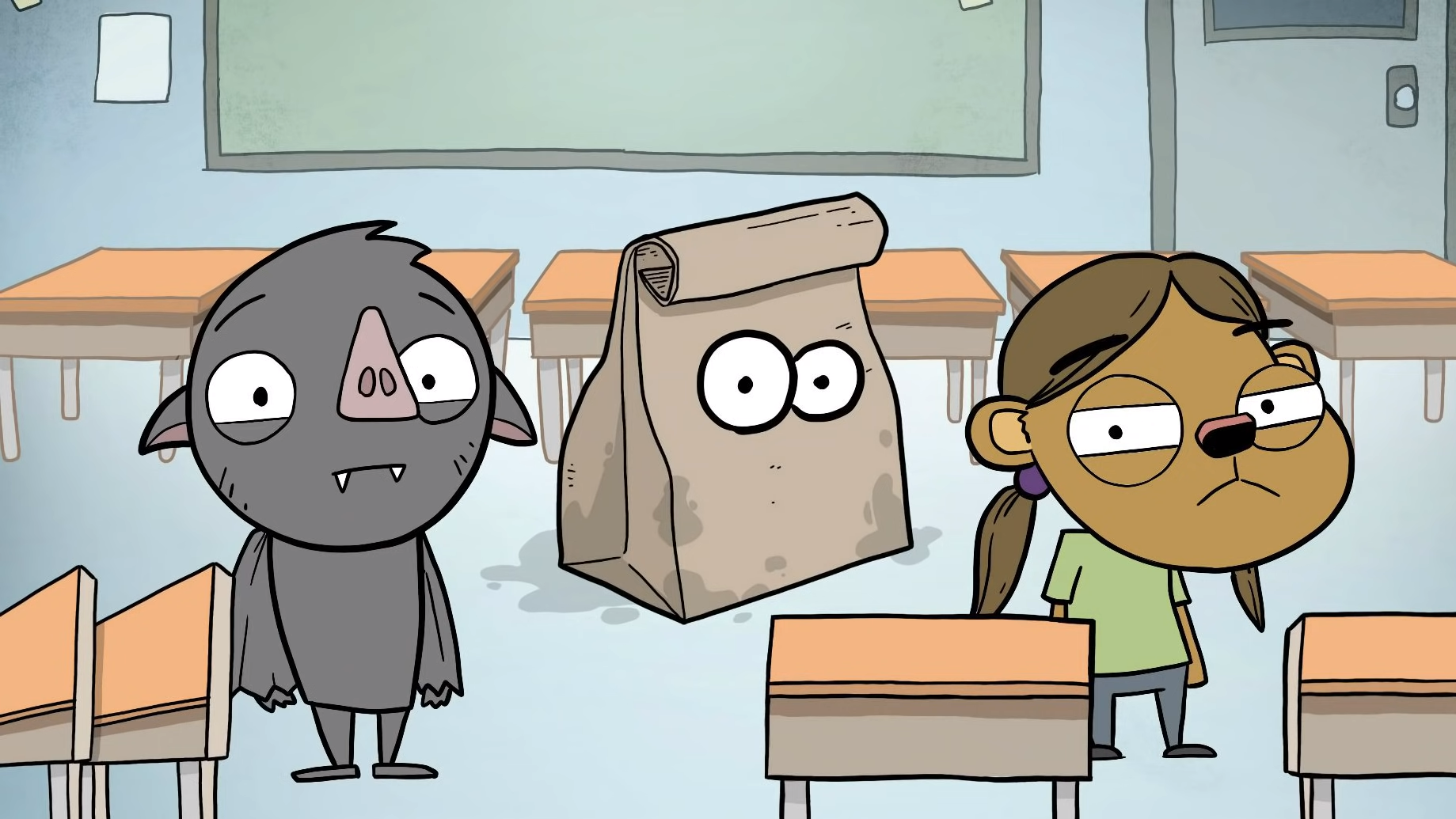
6. Seek Feedback
Speaking of feedback, it’s important to seek constructive criticism from others. This can be from a teacher, fellow artist, or even online communities. Take their suggestions into account and use them to improve your future drawings.
7. Study and Analyze Other Artists’ Work
Take the time to study and analyze other artists’ work, both past and present. Pay attention to their techniques, use of color, composition, and overall style. This can give you inspiration for your own drawings and help you develop your own unique style.
8. Don’t Be Afraid to Make Mistakes
Making mistakes is a natural part of the learning process. Don’t let fear of failure hold you back from experimenting and trying new things in your drawings. Embrace your mistakes and use them as opportunities to learn and improve.
9. Practice Patience and Perseverance
Improving your drawing skills takes time, so be patient and don’t get discouraged if you don’t see immediate results. Keep practicing and pushing yourself out of your comfort zone. Remember, even the most skilled artists were once beginners. [13]
FAQs
What are the different types of perspective drawing?
There are three main types of perspective drawing: one-point, two-point, and three-point. One-point perspective shows objects as they appear directly in front of the viewer, while two-point perspective creates a sense of depth by showing objects from different angles. Three-point perspective is often used in architectural drawings to create a more dramatic and dynamic effect. Other variations include four-point perspective, used in isometric drawings, and five-point perspective, used in curvilinear perspective.
What are the 3 main components of one perspective drawing?
These three components work together to create a realistic and accurate perspective drawing. However, there are other elements that can also affect the overall composition, such as the placement of objects in relation to the horizon line and vanishing point, as well as the use of light and shadow to create depth and dimension. Understanding these components and how they work together is essential for creating successful perspective drawings.
- Horizon Line: The horizon line is a horizontal line that represents the viewer’s eye level in relation to the subject being drawn. It helps establish the scale and perspective of the drawing by providing a point of reference for the placement of objects.
- Vanishing Point: A vanishing point is a point on the horizon line where all parallel lines appear to converge in the distance. This creates an illusion of depth and adds realism to the drawing.
- Perspective Grid: The perspective grid is a series of intersecting lines that are drawn using the horizon line and vanishing point as guides. It helps artists accurately portray objects in three-dimensional space by showing how they appear to recede into the distance.
What are 7 elements of art?
The seven elements of art are line, shape, form, color, value, texture, and space. These elements are the building blocks of visual art and are used by artists to create a range of effects in their work. Understanding how each element works and how they can be combined is essential for creating cohesive and visually appealing artworks. Other important components include composition, balance, contrast, and movement. By mastering these elements and principles of art, artists can create compelling and impactful drawings that showcase their skills and creativity.
What is a 3 point perspective used for?
3 point perspective is commonly used in drawing and architectural design to create more realistic and dynamic images. It is a type of linear perspective that utilizes three vanishing points on the horizon line to accurately depict objects in three-dimensional space.
One of the main benefits of using 3 point perspective is its ability to create depth and heighten the sense of realism in an image. By incorporating three vanishing points instead of the traditional one or two, the artist is able to create more complex and dynamic compositions. This technique is especially useful for drawing buildings and cityscapes, as it allows for a more accurate representation of their height and depth.
In architectural design, 3 point perspective is used to create detailed and realistic renderings of proposed structures. By using this method, architects are able to accurately convey the scale and perspective of their designs, allowing clients and other stakeholders to better visualize the final product.
In addition to its practical uses in drawing and design, 3 point perspective is also commonly used in film making and video game development. By utilizing this technique, artists can create immersive environments that feel more realistic for viewers or players.
Useful Video: Perspective Drawing for Beginners
To Sum Up
Since perspective drawing is an incredibly complex art form, it is important to practice often. After you become comfortable with the basics of this technique, there’s no limit to the creativity you can bring into your artwork. All of the different types of perspective drawing have unique rules and best practices that come with them but mastering any type will help build your technical drawing skills. Whether you are a student just starting out or an experienced professional; experimenting with multiple types of perspective drawing can bring a new level of depth to your creativity. Additionally, don’t be discouraged if you do not understand all elements at once – take it slowly and keep practicing! In time you will have greater control over perspective drawing and may even find yourself designing one-point, two-point, three-point, and even bird’s eye view pieces without second thought.
References:
- https://www.thoughtco.com/what-are-the-elements-of-art-182704
- https://artincontext.org/elements-of-art/
- https://www.artistsnetwork.com/art-techniques/composition/15-elements-and-principles-of-art/
- https://www.artdictionmagazine.com/the-benefits-of-drawing/
- https://artincontext.org/benefits-of-drawing/
- https://www.tate.org.uk/art/student-resource/exam-help/perspective
- https://myranaito.medium.com/the-importance-of-perspective-in-art-8cfb292effe
- https://classnotes.ng/lesson/perspective-drawing-jss3/
- https://www.tomboweurope.com/en/inspiration/perspective-drawing
- https://www.sketchlikeanarchitect.com/blog/what-type-of-perspective-should-you-choose
- https://cravepainting.com/blog/perspective-drawing-exercises
- https://doncorgi.com/blog/types-of-perspective-drawing/
- https://daisyyellowart.com/vividlife/15-tips-to-improve-your-drawing-skills


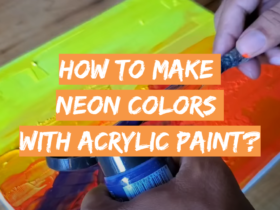
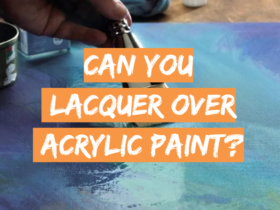
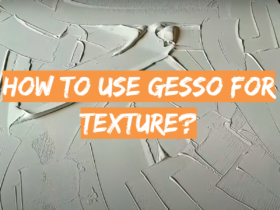
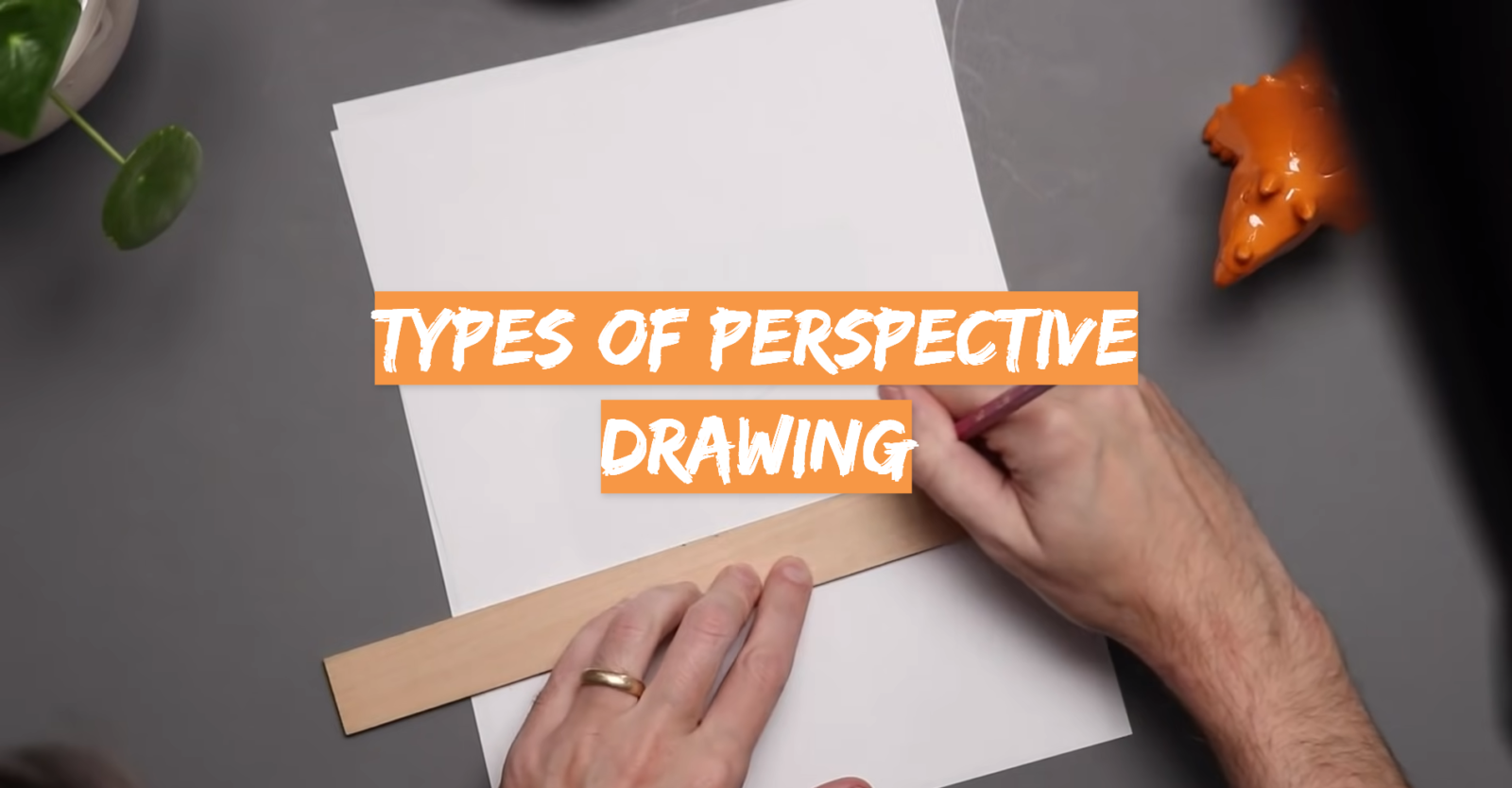
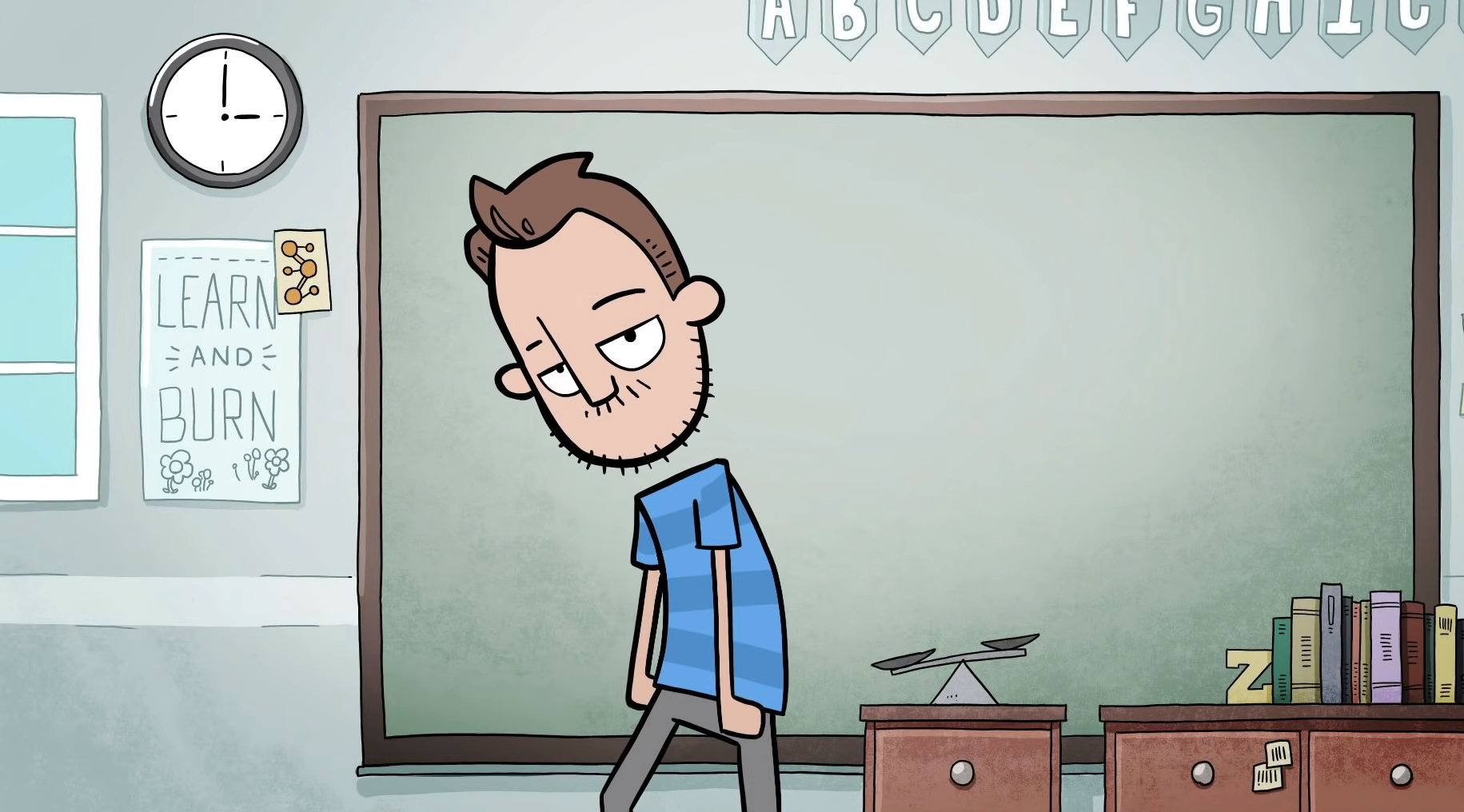
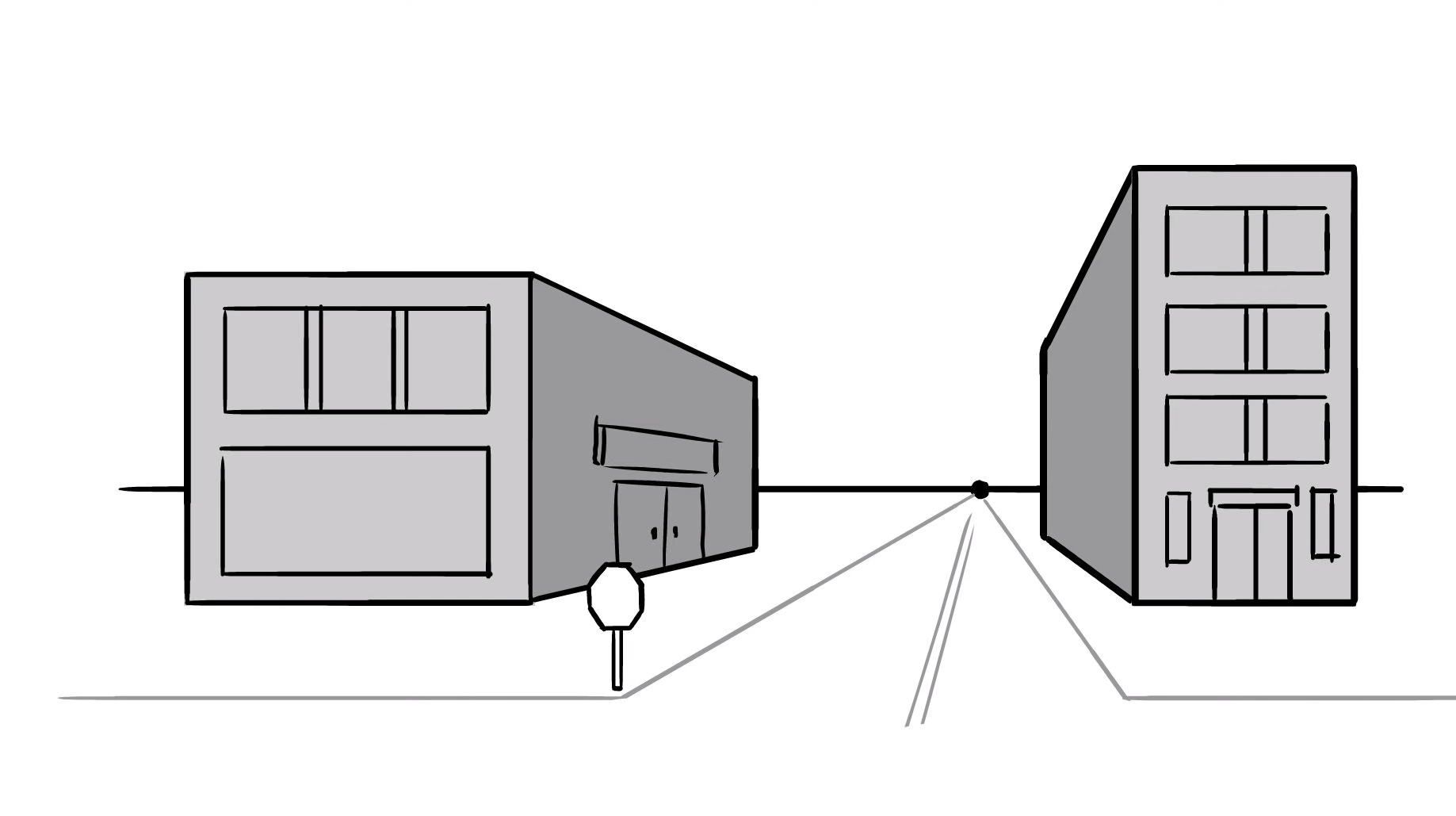
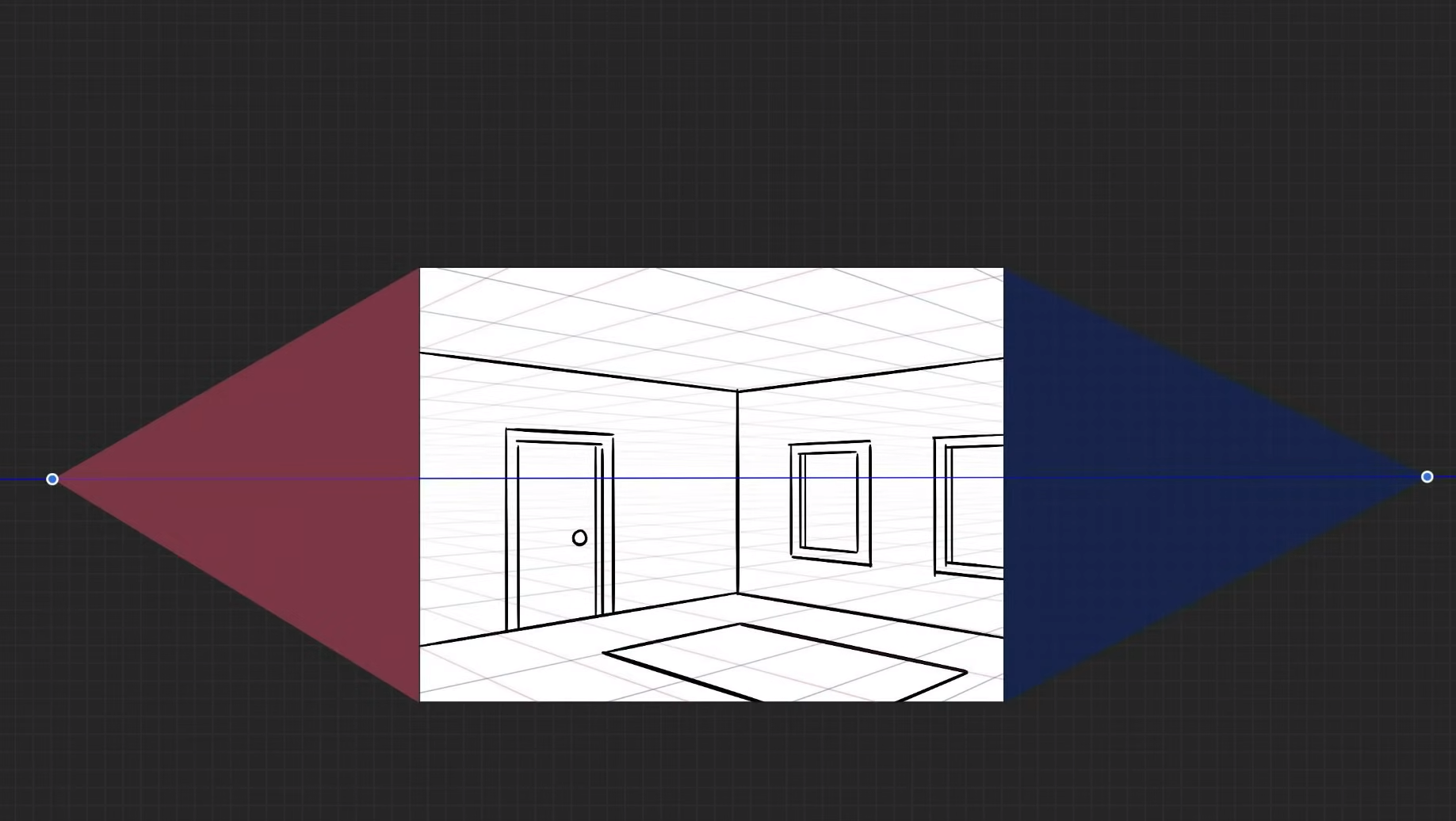

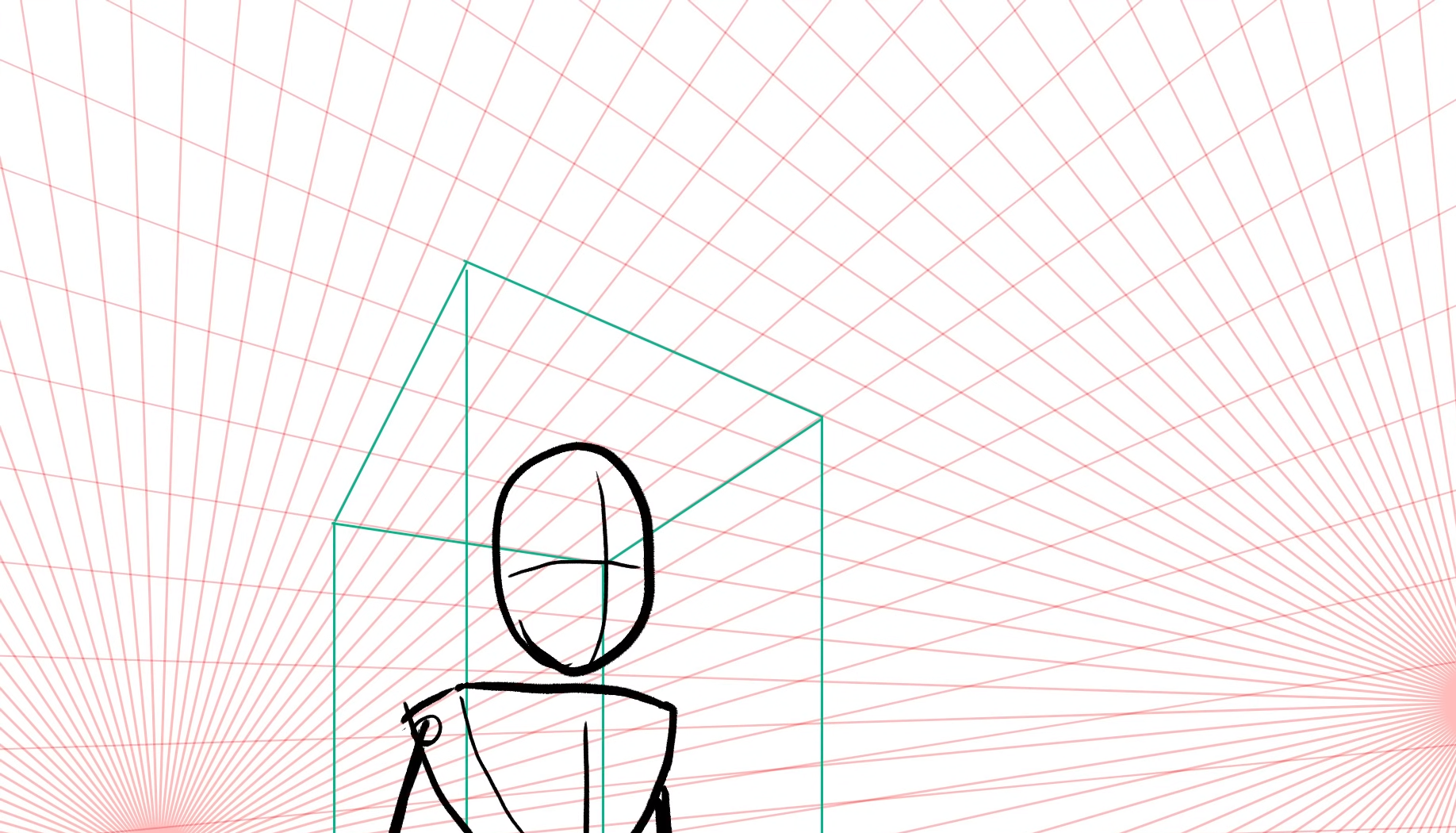
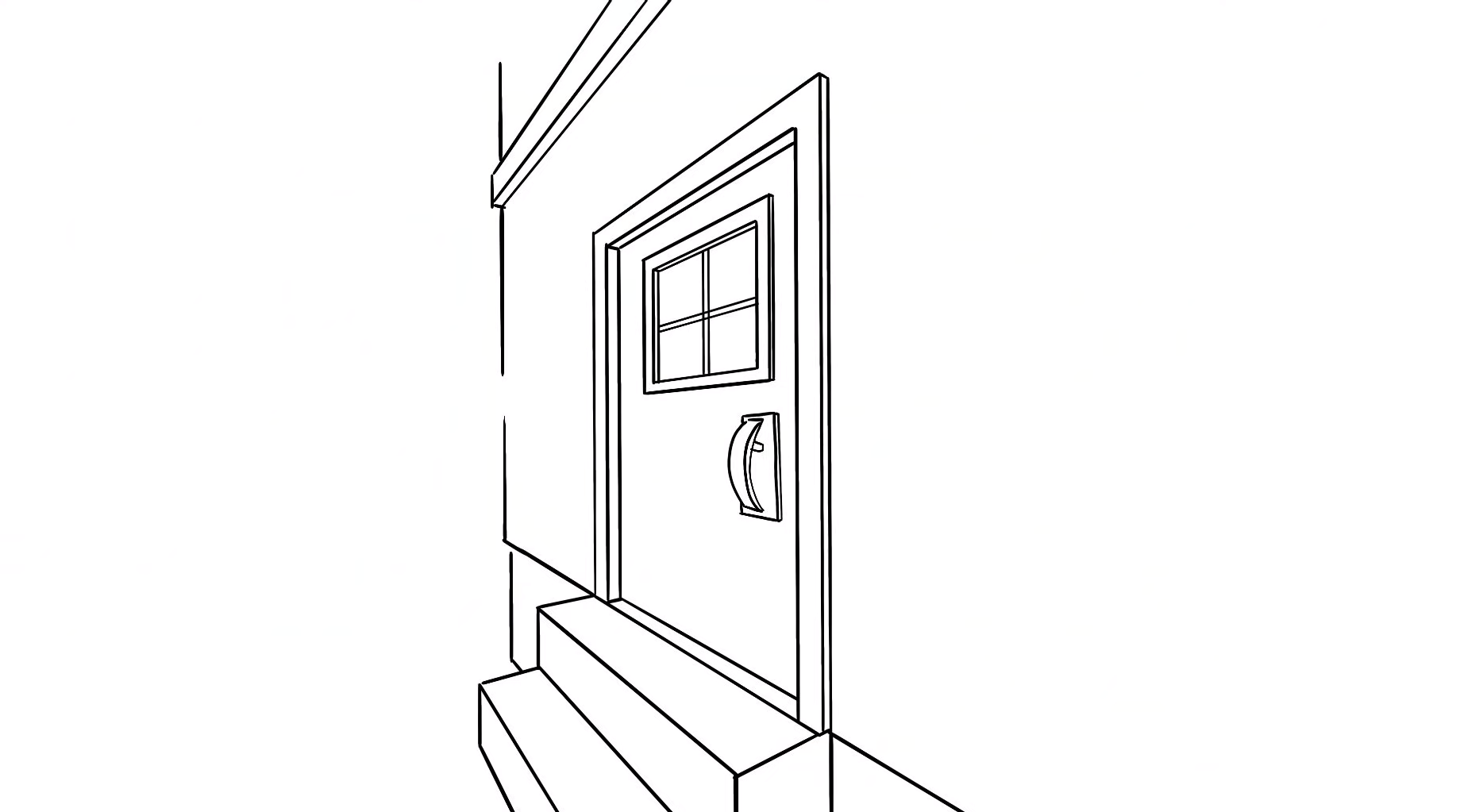


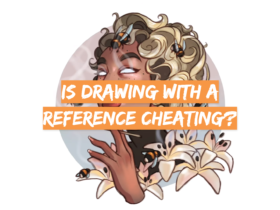
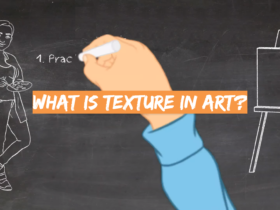
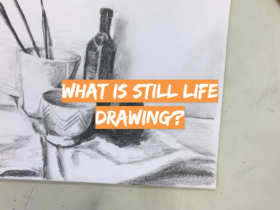
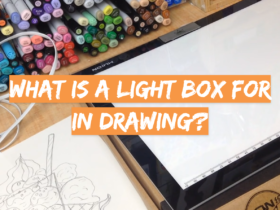
Leave a Review